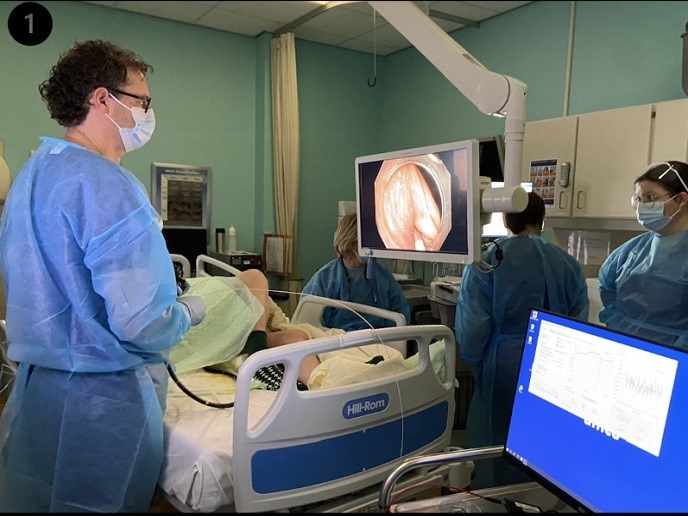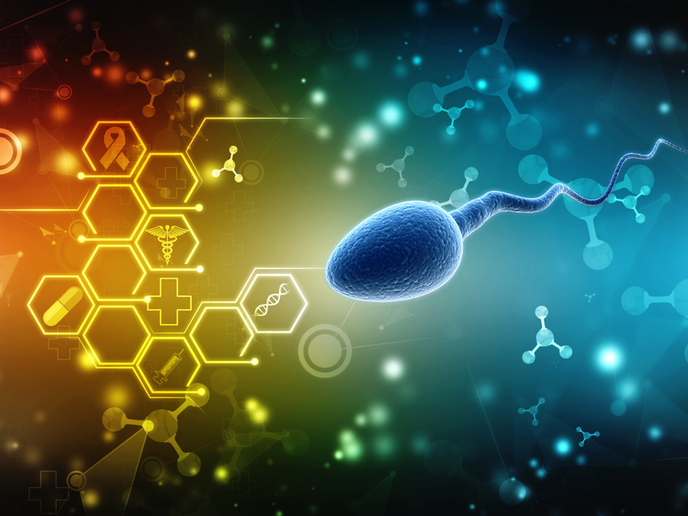Macrophages get to work for cancer detection
Macrophages are essential immune cells that continuously monitor and clean tissues by phagocytosing dead cells and other debris. This process takes place during normal tissue renewal but also during diseases such as cancer. By transporting ‘tissue waste’ via the lymphatic system to the bloodstream, macrophages are considered valuable indicators of pathological states. Macrophages emerge from monocytes, a heterogeneous population of cells, consisting of phenotypically and functionally distinct subpopulations that differ in numbers between health and disease. In case of tissue damage, tissue macrophages become activated while monocyte recruitment from blood and bone marrow ensues to clear dying cells.
Detection and monitoring of macrophages
Despite extensive research, the analysis of macrophages in a clinical setting has been limited, due to gaps in understanding their maturation pathways and interactions with other immune cells. The key objective of the ERC-funded TiMaScan(opens in new window) project was to develop a minimally invasive diagnostic tool for cancer based on macrophage detection and monitoring. This project, conducted by leading European research institutions, delves deeply into the biology and function of monocytes, macrophages, and dendritic cells. “TiMaScan is a collaborative effort involving experts from immunology, oncology, and bioinformatics and aims to overcome existing challenges in cancer diagnostics, paving the way for future innovations,” outlines project coordinator Jacques J.M. van Dongen. The team employed a combination of transcriptomics, proteomics, and advanced flow and mass cytometry to analyse the monocyte-macrophage system(opens in new window) under various conditions, including cancer.
Technological innovations
A key technological advancement in TiMaScan is the use of EuroFlow(opens in new window) based flow cytometry techniques that allow detailed phenotypic and functional evaluation of tissue macrophages(opens in new window) and of the different monocyte subsets in the blood(opens in new window). As shown in the article illustration above, this has led to the identification of 10 distinct monocyte subsets in human blood each represented by a different colour. Overall, this high-dimensional data leads to the creation of a comprehensive profile of the monocyte-macrophage system and facilitates the identification of cancer-specific biomarkers. “A novel aspect of TiMaScan is its focus on recirculating macrophages from tissues to the bloodstream, and in particular on the phagolysosomal contents of these cells,” highlights van Dongen. Additionally, TiMaScan has made significant progress in understanding the digestion patterns within phagolysosomes. Traditional antibodies in laboratory diagnostics have been raised against native proteins in their fully folded structure. However, the acidic environment of phagolysosomes and the digestion by endogenous proteases damage the recognised epitopes. This means that most traditional antibodies fail to recognise protein fragments in phagolysosomes. TiMaScan's researchers have studied various proteases in monocyte and macrophage subsets and developed new methods to isolate phagolysosomes for proteomics studies. This allows for a better understanding of the protein fragments remaining after phagocytosis and protease-mediated digestion, paving the way for the development of appropriate antibodies for detecting tissue-specific protein fragments in recirculating tissue macrophages.
Translational impact
TiMaScan's translational approach ensures that research insights are rapidly integrated into clinical practice. By harnessing the power of tissue macrophages and employing state-of-the-art technologies, TiMaScan will lead to new diagnostic tools that can be implemented in healthcare settings, significantly enhancing early detection and monitoring of cancer. This non-invasive, efficient, and accurate diagnostic method has the potential to transform patient care. Future research will explore broader applications of this technology in monitoring other diseases, further expanding its impact.







